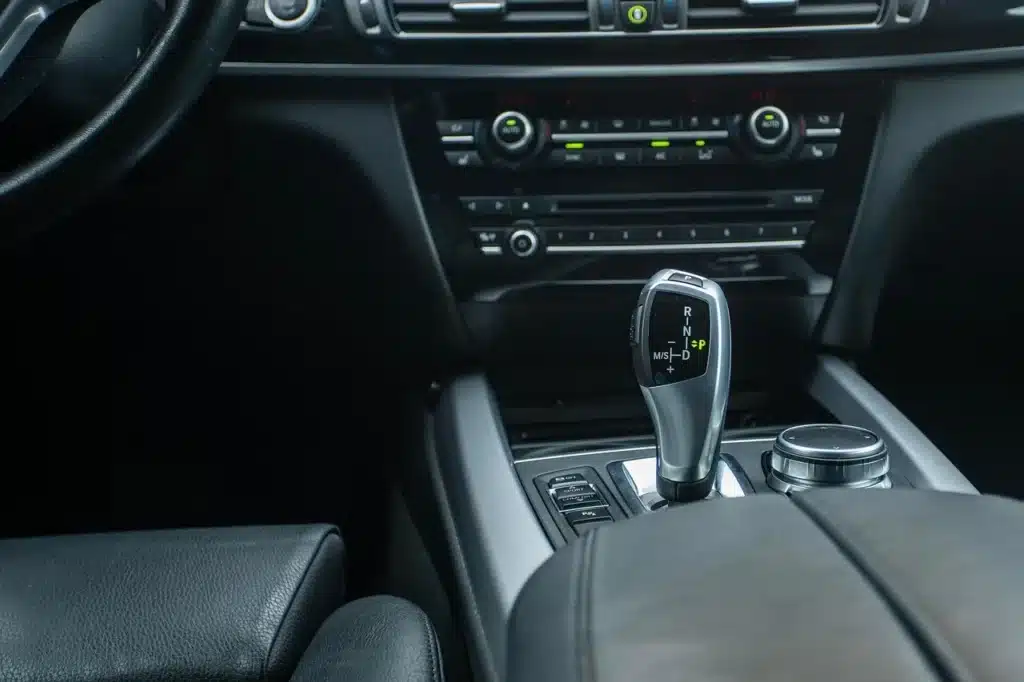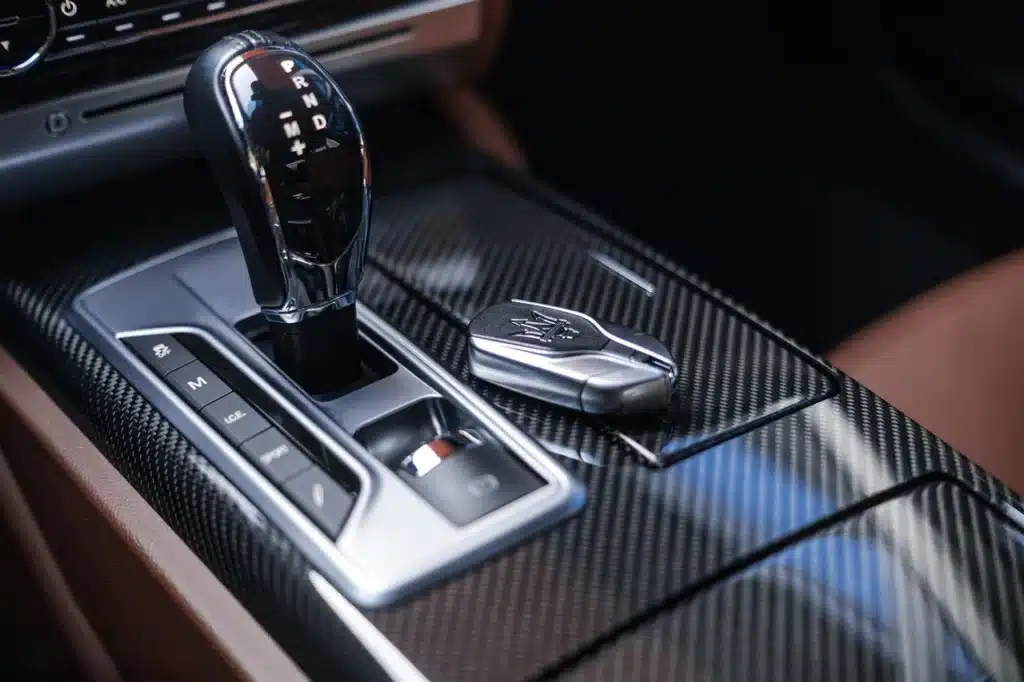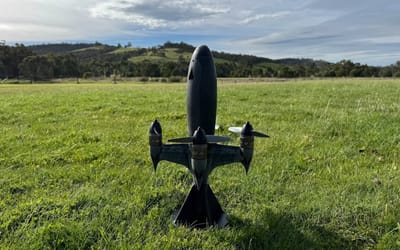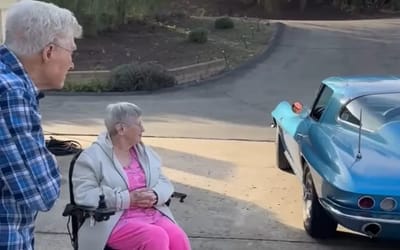How a Boston machine shop created the first automatic car in 1904
Published on Jul 13, 2025 at 11:22 PM (UTC+4)
by Ben Thompson
Last updated on Jul 10, 2025 at 5:13 PM (UTC+4)
Edited by
Emma Matthews
The first automatic car was made in a Boston machine shop all the way back in 1904.
An estimated 97 percent of Americans drive automatic cars, but where did this technology get its start?
If anyone is to take credit, it’d be the Sturtevant Mill Company in Boston.
It certainly wasn’t up to the standard of today’s automatics, but it was a step into the future.
EXPLORE SBX CARS – Supercar auctions starting soon powered by Supercar Blondie
The first automatic car came from a Boston machine shop
Technically, the automatic transmission has a history that goes beyond even 1904.
Louis Rene-Panhard and Emile Levassor created an automatic transmission in 1894, which they were due to demonstrate – but it broke.
In the end, they had to talk through their invention in a chalkboard demonstration.
Fast forward a few years, and the Sturtevant brothers in their Boston machine shop were working hard on making a two-speed automatic transmission a reality – and the first automatic car itself.
Here’s how it worked – two weights on springs were attached to a pair of clutches.

Those weights would slide outwards, engaging the engine. When idle, the engine would be in neutral.
The idea developed from there, as the brothers added a single set of weights that the clutches would share, along with a third gear.
As innovative as this was, modern automatic transmissions owe more to Canadian Alfred Horner Munro’s four-speed auto.
This is for two primary reasons. Firstly, the Sturtevant transmissions had an issue where the weights flew apart.
And secondly, their cars were far too expensive.
The cheapest Sturtevant car cost $3,500, which is equivalent to $119,000 in 2025.
Automatic versus manual – the eternal debate about the internal workings of a car
We don’t know what it is, but nothing gets people energized quite like the old ‘stick or automatic’ debate.
Everybody has a preference, and some countries make their feelings known.
In America, 97 percent of its citizens drive automatic cars.

In fact, many of them are baffled by how a stick shift even works.
This does come with some benefits, however, such as making it harder for thieves who can’t drive a stick, as happened with this Porsche 718 in Maryland.
The stick vs. automatic debate definitely won’t be settled today or tomorrow, it’s set to go on into the foreseeable future.
Click the star icon next to supercarblondie.com in Google Search to stay ahead of the curve on the latest and greatest supercars, hypercars, and ground-breaking technology.
DISCOVER SBX CARS: The global premium car auction platform powered by Supercar Blondie




